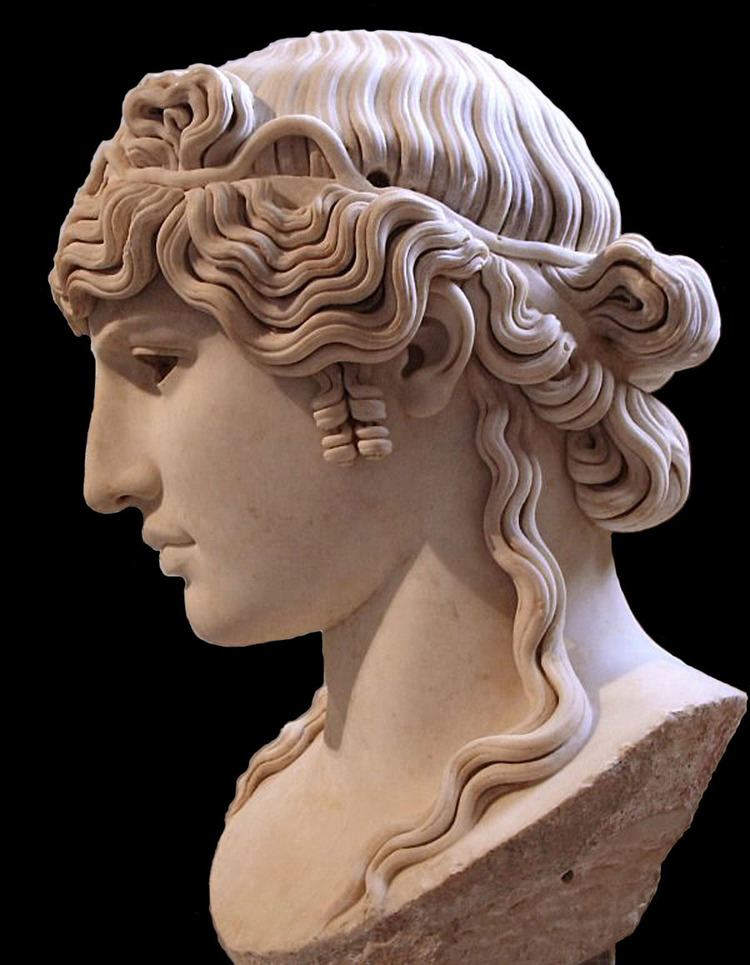 | ||
An acrolith is a composite sculpture made of stone and other materials, as in the case of a figure whose clothed parts are made of wood, while the exposed flesh parts such as head, hands, and feet are made of marble. The wood was covered either by drapery or by gilding. This type of statuary was common and widespread in Classical antiquity.
Greek etymology: acros and lithos, English translation: "height" or "extremity" and "stone".
Similarly, chryselephantine sculpture used ivory instead of marble, and often gold on parts of the body and ornaments. Acroliths are frequently mentioned by Pausanias (2nd century AD), the best known example being the Athene Areia ("Warlike Athena") of the Plataeans.
Examples of acrolithic sculptures
References
Acrolith Wikipedia(Text) CC BY-SA
